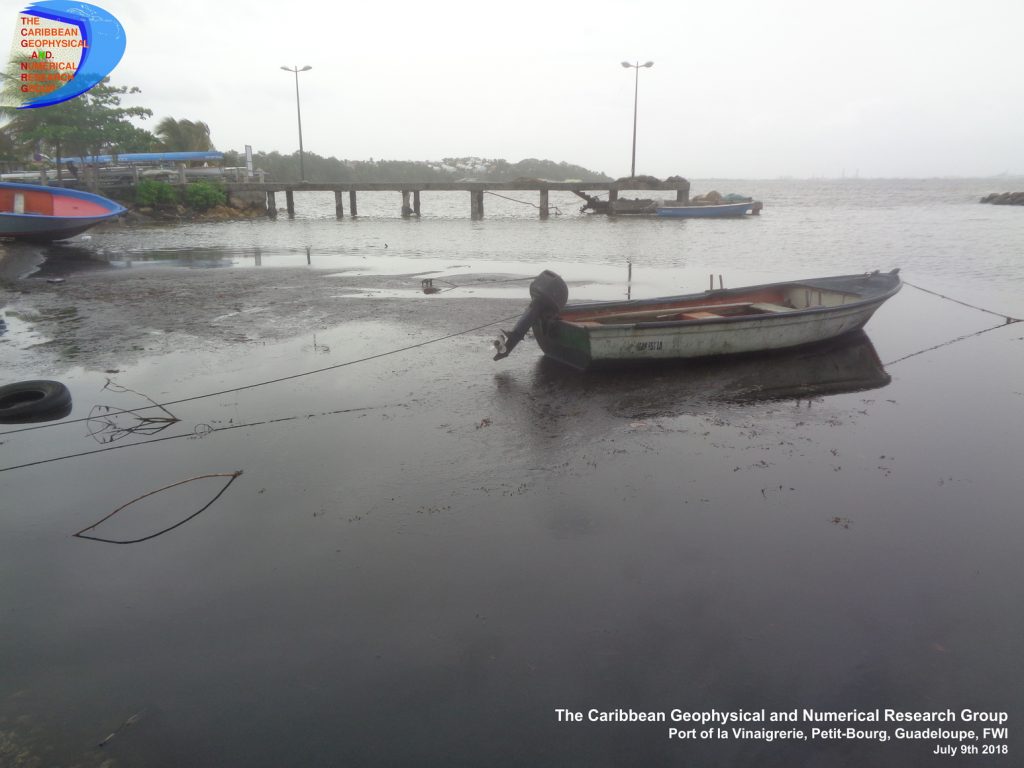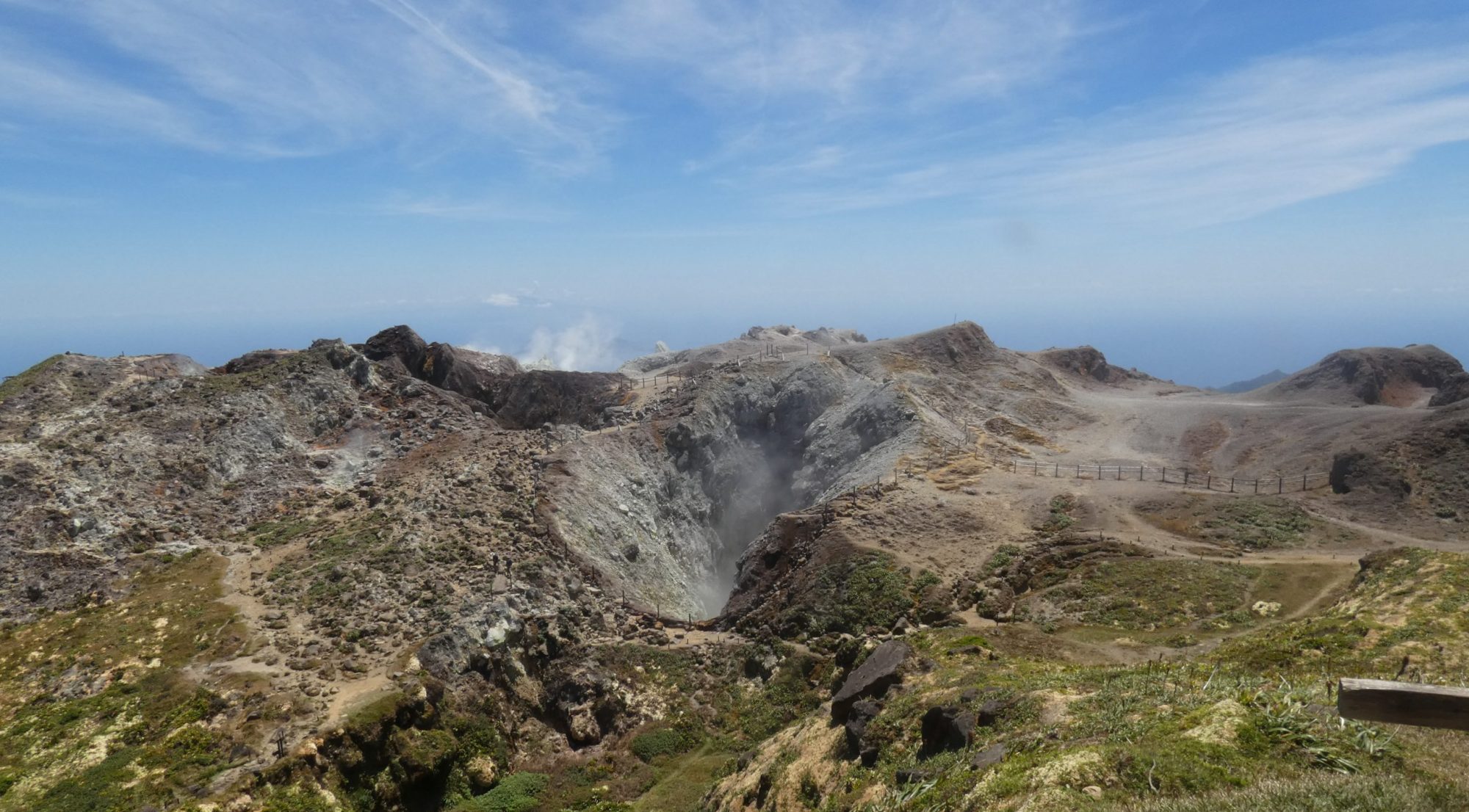The biodegradation of brown seaweed is a complex micro-biological process that is highly dependent on environmental conditions. Decomposition in a human activity area can be smelly and even become toxic depending on emissions of hydrogen sulfide, ammonia and mercaptan among others. Variations in force and direction of wind, atmospheric pressure at the sea level, air and water temperature can rapidly change the biogas concentrations for varying periods. The eolian transport can advect gases over long distances and intoxicate a large number of people.
This biodegradation which occurs most often in aquatic environment (or highly wet) can go through fermentation and putrefaction phases that modify water quality with more or less localized effects. In a port or semi-enclosed area with low water mass exchange variations of acidity and dissolved oxygen concentration can impact the biotop and remove all traces of life. It is therefore essential to monitor the evolution of water quality and degradation processes.

TCGNRG can help you to manage these atmospheric and aquatic pollutions by monitoring, simulating and forcasting emission and propagation of those gas and associated waste. We also propose training in management and maintenance of port, beach and coastal water. Feel free to contact us!

